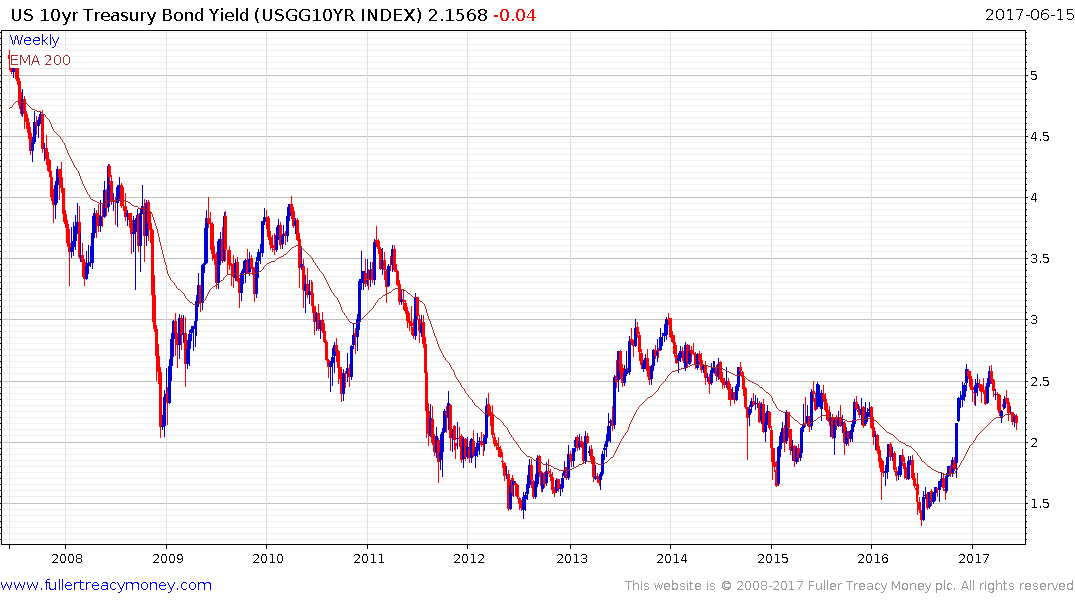The Old Are Eating the Young
This article by Satyajit Das for Bloomberg may be of interest to subscribers. Here is a section:
This growing burden on future generations can be measured. Rising dependency ratios -- or the number of retirees per employed worker -- provide one useful metric. In 1970, in the U.S., there were 5.3 workers for every retired person. By 2010 this had fallen to 4.5, and it’s expected to decline to 2.6 by 2050. In Germany, the number of workers per retiree will decrease to 1.6 in 2050, down from 4.1 in 1970. In Japan, the oldest society to have ever existed, the ratio will decrease to 1.2 in 2050, from 8.5 in 1970. Even as spending commitments grow, in other words, there will be fewer and fewer productive adults around to fund them.
Budgetary analysis presents a similarly dire outlook. In a 2010 research paper, entitled “Ask Not Whether Governments Will Default, But How,” Arnaud Mares of Morgan Stanley analyzed national solvency, or the difference between actual and potential government revenue, on one hand, and existing debt levels and future commitments on the other. The study found that by this measure the net worth of the U.S. was negative 800 percent of its GDP; that is, its future tax revenue was less than committed obligations by an amount equivalent to eight times the value of all goods and services America produces in a year. The net worth of European countries ranged from about negative 250 percent (Italy) to negative 1,800 percent (Greece). For Germany, France and the U.K., the approximate figures were negative 500 percent, negative 600 percent and negative 1,000 percent of GDP. In effect, these states have mortgaged themselves beyond their capacity to easily repay.
Plato’s Republic, probably his best known work, lays out five stages of political development. Democracy, as Plato defines it, does not equate with our constitutional democracy but there are definitely parallels. Our constitutions seek to protect the needs of the few from the appetites of the many. More importantly elections ensure we do not end up with tyrants while separation of powers and an independent judiciary keep a lid on despotic aspirations.
However democracy does nothing to curb the appetite of vested interests, not least those holding the balance of power at the fringe, from achieving their goals of increasingly large pay-outs. The greatest parallel between Plato’s Republic and the situation as it stands today is in the evolution of unfunded liabilities where progressive governments across the OECD have bought the support of unions and the wider electorate with progressively more generous social benefits with scant regard for how they are going to be paid for.
Some of the imbalances these policies have created are between people with secure defined-benefit pensions and those without, those who benefitted from a job for life and those confined to the gig economy and those who have been among the greatest beneficiaries of zero interest rates and those who have had their savings wiped out. These dichotomies are contributing to the rise of populism, and the rebellion of the young against the idea they are destined to pay for it without themselves appearing to have a chance of ever benefitting.
Rather than confine ourselves to handwringing about the state of government and pension finances I contend that if the situation is untenable then it will not continue. It is inevitable that the retirement age will rise, perhaps significantly. That’s the easy prediction because it is perhaps the easiest to introduce.
However to achieve a broader spectrum solution tackling healthcare costs through great efficiencies, better technology and less bureaucracy will need to be considered. Longer life expectancy means either health outcomes are going to deteriorate or we need to come up with a better way of paying for them.
Labour productivity needs to improve drastically if the worsening worker to beneficiary ratio is going to be solved without the young simply rebelling and voting for rationalising the benefits economy. That represents a significant risk as the Baby Boomers age and decline while the Millennials grow into family formation and voting ages.
Of course inflation would help a lot with unfunded liabilities but are not a panacea since social security and many public sector pensions are inflation linked.
The deflationary impact of technology is an additional headwind because it tends to mostly affect the areas of our life which are not specifically tied to survival like food, clothing and shelter but it does contribute to meagre wage growth which has contributed to lower living standards for many people.

US Treasury yields have been ranging mostly between 1.5% and 3%, albeit with a downward bias since 2011. The Fed Funds Rate is now at 1.25% but in order to achieve that yield in the bond market you need to go out to 30 month maturities. That suggests unwillingness among bond investors to give inflationary pressures the benefit of the doubt. They have been conditioned by inflation undershooting expectations for much of the decade. Nevertheless, progressively higher interest rates reflect an increasing headwind for the bond market that is does not currently appear to be priced in.
Back to top


